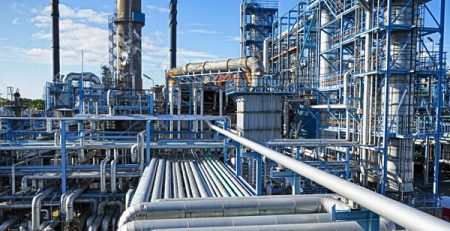How to Select a Fire Pump?
How to Select a Fire Pump?
The choice of fire pump is of great importance in order to fully ensure the fire protection standard. The need for a fire pump should be decided early. The ideal is to first develop a comprehensive project. In today’s post, we’ll explain the process of determining whether a fire pump is necessary, and how to choose a fire pump that meets the required pressure and flow.
When Is a Fire Pump Needed?
A fire pump is required to supply flow and pressure demands to fire suppression systems when the water supply is insufficient. Fire suppression system demands should be compared with the available water supply to determine if a fire pump is needed. If the water supply cannot meet the demand, a fire pump is required. In contrast, a fire pump is not needed if the water source can meet the pressure and flow requirements.
Water, public water networks, special fire protection fire networks, elevated tanks, etc. available from a variety of sources, including Each scenario requires a slightly different approach, but first it is important to determine whether the water source can meet the flow.
When connecting to a fire main line, hydrant flow tests can be used to analyze the source. Static and residual pressures, as well as flow rate data, determine whether the supply system will be able to meet the required amount of water. It is ideal to keep these test data as close as possible to the fire suppression system amplifier to reduce errors due to hydraulic calculation estimates.
When determining the worst-case scenario, consider the flow demands from all fire suppression systems.
If the connected fire main cannot provide this flow, a water tank and pump should be provided to deliver the required amount to the sprinkler system. With known flow requirements, the next step is to calculate the pressure required to operate the sprinkler system.
First, considering the pressure required to meet the system demand and the pressure required for the farthest sprinkler; then all of the various pressure losses are added back to the source and calculated.
This is a good guide when sourcing simple sprinkler systems. As sprinkler pipes become more complex due to awkward floor layouts, obstructions and uneven ceiling heights, the figure increases accordingly.


LEAVE A COMMENT